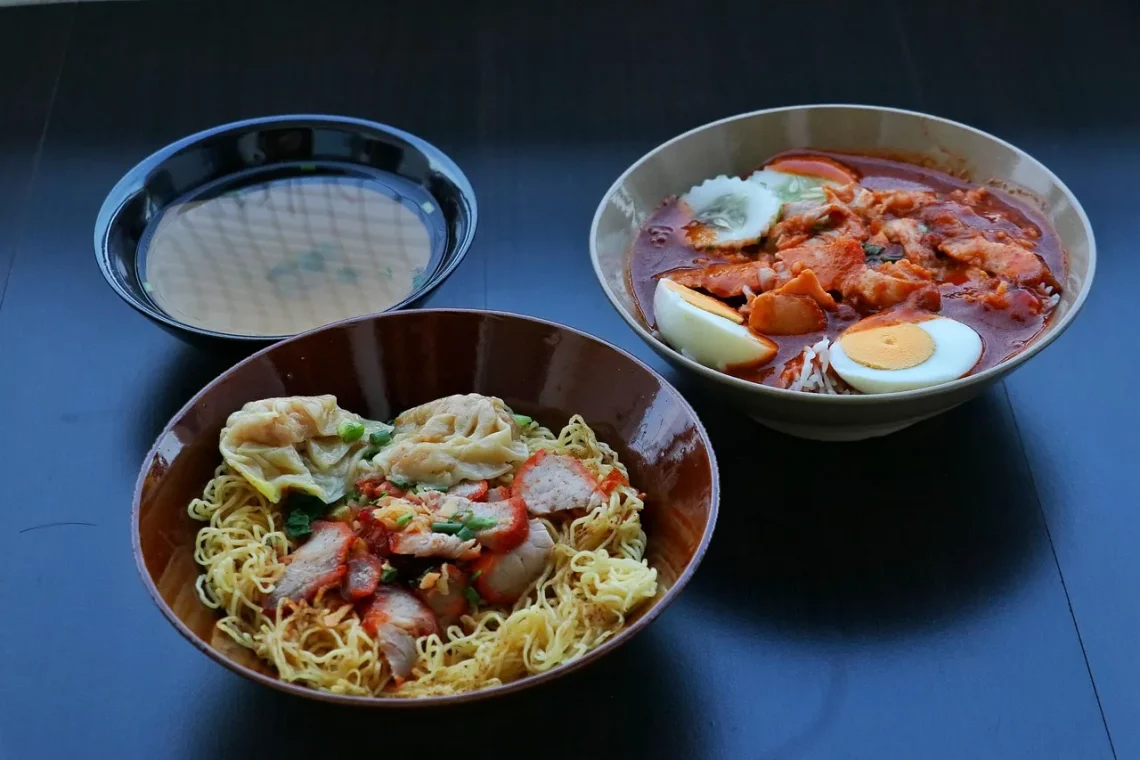
Exploring the Culinary Delights of Eat Puss Cuisine
Exploring the culinary landscape of any cuisine is a delightful journey that unfolds the rich tapestry of culture, tradition, and innovation. Each bite tells a story, reflecting the history and values of the people who create it. The fusion of flavors, textures, and aromas invites food lovers to explore dishes that not only satiate hunger but also evoke memories and experiences. With globalization, we now have access to an array of culinary traditions, allowing us to appreciate the unique elements that define various cuisines worldwide.
Food is often at the heart of social interactions, celebrations, and community bonding. It brings together families and friends, fostering a sense of belonging and togetherness. The joy of sharing a meal can break down barriers and create lasting connections. In this exploration of culinary delights, we dive deep into the essence of what makes a cuisine truly exceptional. By understanding its ingredients, preparation methods, and cultural significance, we can elevate our appreciation for the diverse flavors that grace our tables.
As we embark on this culinary exploration, let’s delve into the essential components that define the essence and character of a cuisine, unveiling the secrets behind its most cherished dishes.
Cultural Significance in Culinary Traditions
The cultural significance of cuisine cannot be overstated. Food is often a reflection of geography, climate, and the resources available to a community. Different regions have developed unique culinary traditions that resonate with their historical contexts and social practices. For example, coastal communities heavily rely on seafood, while agricultural regions prioritize crops and livestock. This intrinsic connection to the land shapes the way food is prepared and consumed.
Moreover, food is an integral part of cultural celebrations and rituals. Festivals, weddings, and religious observances often feature traditional dishes that hold symbolic meanings. These meals may be prepared using age-old recipes passed down through generations, preserving the heritage and identity of a community. The act of sharing food during these occasions fosters unity and strengthens social bonds, making it a cornerstone of cultural life.
In addition to celebrating cultural heritage, cuisine also serves as a medium for cultural exchange. As people migrate and settle in new areas, they bring their culinary practices with them, often blending them with local ingredients and flavors. This fusion results in innovative dishes that reflect the multicultural tapestry of modern society. The culinary landscape is therefore continually evolving, showcasing the dynamic nature of human expression through food.
Understanding the cultural significance of a cuisine allows us to appreciate the stories behind each dish. It invites us to approach food with respect and curiosity, recognizing that every meal is a celebration of history, tradition, and community. By embracing these values, we can elevate our culinary experiences and connect more deeply with the world around us.
Ingredients: The Building Blocks of Flavor
At the heart of every great dish lies a carefully selected array of ingredients. The choice of ingredients can significantly influence the flavor, texture, and overall success of a dish. In exploring a cuisine, one must pay close attention to the local produce, spices, and proteins that define its character.
Freshness is often a key element in culinary traditions. Many cultures prioritize using seasonal and locally sourced ingredients, which not only enhances the flavor of the food but also supports local farmers and economies. For instance, Mediterranean cuisine thrives on fresh vegetables, herbs, and seafood, while Asian cuisines often emphasize the balance of flavors through the meticulous selection of spices and aromatics.
Spices, in particular, play a crucial role in elevating dishes. They can transform a simple meal into a flavor explosion, providing warmth, depth, and complexity. Each cuisine has its own signature spices that evoke specific aromas and sensations. For example, the use of cumin and coriander in Indian cuisine creates a rich tapestry of flavors, while the fragrant herbs of Thai cuisine, such as lemongrass and basil, offer bright and refreshing notes.
Understanding the role of ingredients also extends to preparation methods. Different techniques can highlight the natural flavors of food, whether it’s grilling, steaming, frying, or fermenting. Each method contributes to the texture and taste of the final dish, allowing chefs to express their creativity and skill.
In essence, the selection and treatment of ingredients are fundamental to the culinary arts. They serve as the building blocks that define the identity of a cuisine, inviting us to explore and appreciate the myriad flavors that await us.
Techniques and Culinary Practices
The techniques employed in cooking are as diverse as the cuisines they represent. From intricate knife skills to time-honored cooking methods, each technique adds a layer of complexity and artistry to the culinary process. Mastering these techniques is essential for anyone looking to delve deeper into a particular cuisine.
One prominent method is the use of slow cooking, which allows flavors to meld together and develop richness over time. Many traditional dishes, such as stews and braises, benefit from this approach, resulting in tender meats and deeply flavored sauces. On the other hand, quick cooking techniques, such as stir-frying, highlight the natural freshness of ingredients, maintaining their color and crunch.
Fermentation is another fascinating technique that has been utilized across various cultures for centuries. This process not only preserves food but also enhances its nutritional profile and flavor. Foods like kimchi, sauerkraut, and miso are prime examples of how fermentation can transform basic ingredients into culinary treasures.
Furthermore, presentation plays a crucial role in the culinary arts. An aesthetically pleasing dish can elevate the dining experience, engaging not just the taste buds but also the eyes. Chefs often take great care in plating, using color, texture, and arrangement to create an inviting visual appeal.
Culinary techniques are continually evolving, with chefs experimenting and pushing boundaries to create new experiences. This innovation keeps cuisines alive and relevant, ensuring that they adapt to contemporary tastes while honoring their roots. By understanding and appreciating these techniques, we can gain a deeper respect for the artistry involved in crafting exceptional dishes.
Global Influence and Modern Adaptations
In our interconnected world, culinary influences traverse borders with ease. Globalization has led to the fusion of different culinary traditions, resulting in innovative dishes that combine flavors and techniques from various cultures. This exchange enriches our culinary landscape and opens up new possibilities for exploration.
The trend of fusion cuisine has gained immense popularity, as chefs experiment with blending elements from different culinary traditions. For example, the marriage of Mexican and Japanese flavors has produced unique dishes such as sushi burritos and tempura tacos. These modern adaptations not only celebrate diversity but also challenge our perceptions of traditional cuisines.
Social media has also played a significant role in the global dissemination of culinary ideas. Platforms like Instagram and TikTok allow chefs and home cooks alike to showcase their creations, inspiring others to try new recipes and techniques. This democratization of food culture encourages experimentation and creativity, making culinary exploration accessible to everyone.
While modern adaptations can be exciting, it is essential to approach them with respect for the original traditions. Understanding the roots of a cuisine enables us to appreciate the influences that shape contemporary dishes. It is a delicate balance between innovation and preservation, where chefs can honor the past while embracing the future.
As we explore the culinary delights of various cuisines, let us celebrate the richness of diversity, recognizing that food has the power to connect us across cultures. Whether through traditional recipes or modern interpretations, the joy of culinary exploration lies in the endless possibilities it offers.
In conclusion, the culinary world is a vibrant tapestry woven from culture, tradition, and innovation. Each dish serves as a bridge connecting us to the stories and experiences of different communities. By appreciating the cultural significance, ingredients, techniques, and modern adaptations of various cuisines, we can deepen our understanding and enjoyment of the food we love.
*Disclaimer: This article is for informational purposes only and does not constitute medical advice. Always consult a healthcare professional for any health-related issues or concerns.*




